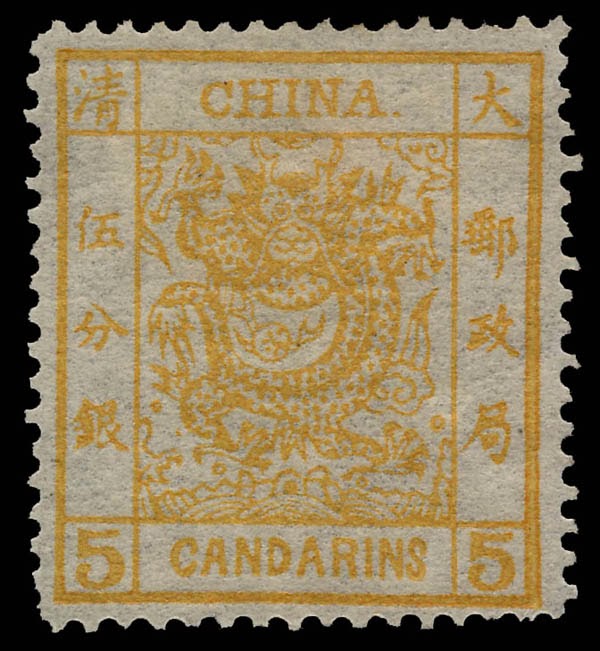When you buy a house or a car there is a cost of production involved that provides a floor as to the price. If housing prices drop to below the cost of producing homes, people will stop building them, and supplies will contract, leading to price increases that will allow production to resume. At least that’s the theory. So the housing market or the automobile market is not a perfect market in terms of supply and demand because supply is influenced by the cost of production. But the stamp market is a perfect economic model of a market. Older stamps that can not be used as postage really have no value except for what collectors are willing to pay for them. They can’t be used for anything or consumed in any way. The early stamps of India are a perfect example of the fact that stamps are only worth what people are willing to pay for them.
Compare the classic mint stamps of India with the classic mint stamps of China. Dealers see five or ten times as much classic China as India and yet the former sells at prices of ten times as much. I think the answer has to do with free(ish) rather that controlled political systems. The Chinese are trying to pull off a political/economic coup that has never before been successful-a controlled political system with free market capitalism. Wealthy Chinese are frightened and are hedging their success in things other than currency and stocks. The India stamp market is a pure collector market. It should continue to perform well as India completes her transition to a major economic power.




